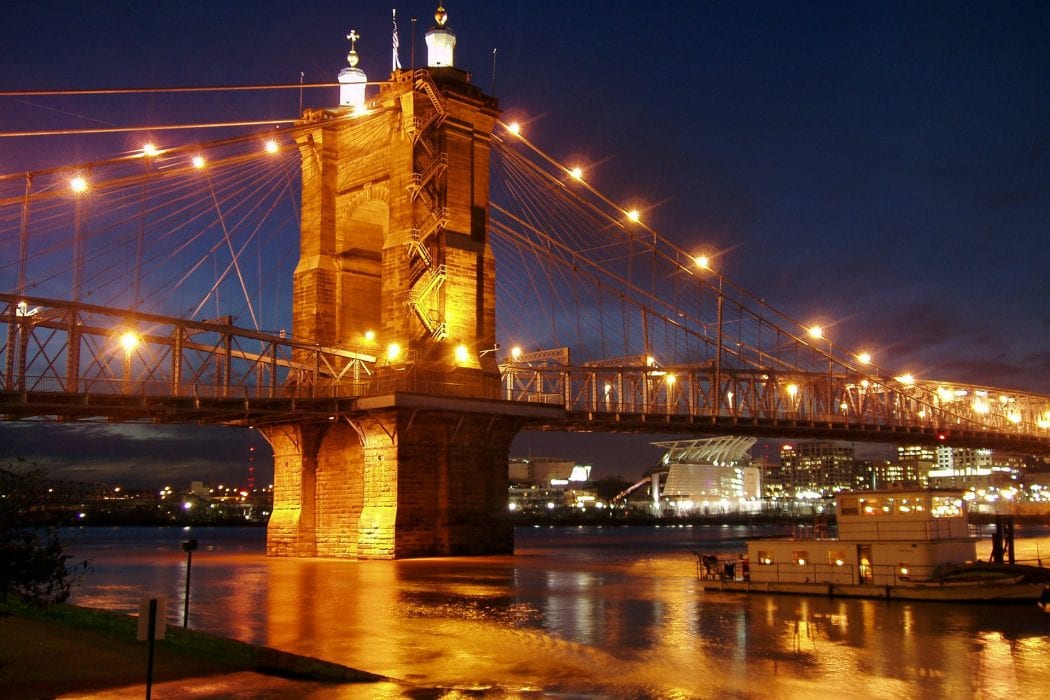April is a month filled with days to make communities healthier by participating in activities that are eco-friendly.
On the 22nd of April, the 42nd Earth Day will be celebrated with millions of activities to help rejuvenate the planet. Earth Day is a chance for people to unite and continue towards a sustainable future. According to the Earth Day Network, “more than one billion people around the globe will participate in Earth Day and help Mobilize the Earth. People of all nationalities and backgrounds will voice their appreciation for the planet and demand its protection. Together we will stand united for a sustainable future and call upon individuals, organizations, and governments to do their part.”
Arbor Day is April 27th. Many states celebrate Arbor Day for longer periods of time and during prime tree-planting season, but National Arbor Day is the last Friday in April. It is estimated that over one million trees were planted on the first Arbor Day, originated by the Nebraska State Board of Agriculture and held on April 10, 1872. The Board gave prizes to the person and counties who properly planted the most trees that day. The Arbor Day Foundation provides a detailed description of the first Arbor Day Celebrations.
This year we are joining forces with The Arbor Day Foundation to help out this Arbor Day. We offer home and business owners the opportunity to save on electricity by repairing, replacing, and retrofitting line voltage landscaping systems with LEDs that are up to 75% more efficient and keep 7 bulbs out of landfills to every one LED.
Accent & Spot Lighting
Also called flood lights, these fixtures are a quick way to add drama to any landscaped garden. Position intense and narrowly focused lights at the base of trees or a trellis. Although this technique is very compelling, it should be used sparingly.
Cross Lighting
This effect can be very appealing as the object is lit from two sides. When done correctly, this not only highlights the feature but also softens it at the same time.
Down Lighting
To illuminate from the top of a tree down. This creates a softer suffused light which is also known as moonlighting. Down lighting may be used to create soft or sharp shadows.
Shadowing
If you have a tree or statue with a striking profile in front of a wall or other surface, shadowing may be a very elegant way to add some drama to the exterior of your home. Your designer will either place spot lights low in front of the object to create shadows and depth or to achieve a very dramatic shadow, they may elect to place the fixture high above the focal point.
Silhouetting
The opposite of shadowing, this outdoor lighting technique can be very dramatic. Lights positioned behind and below the object to create a spectacular silhouette.
Spread Lighting
If you’ve invested in landscaping your garden with flowerbeds and low shrubs, you’ll want to enhance its nighttime appeal with spread lighting. Carefully hidden in low lying landscaping and ground cover, your focus will be on the beauty of the variety of textures and patterns of your plants rather than on the source of the light.
Moonlighting
This technique is effective on medium to large trees, placing one or two low voltage lights onto the second or third tier of branches. By angling the light, a romantic moonlight effect is created in the foliage above. On the other hand, when lights are angled down, a completely different subtle dappled effect is created on the ground – and this is also known in the industry as moonlighting.
Up Lighting
If a canopy of branches covers your garden, lighting designers may create up lighting by placing a light at ground level and angling the lamp upwards. The illuminated branches will reflect a soft glow onto your garden, patio, or deck.
For every new lighting system installed or old system expanded by May 31st, NiteLites Landscape Lighting will donate a tree in the participant’s name through the Arbor Day website.
These outdoor lighting businesses will be offering free trees to celebrate Arbor Day:
- Delaware
- Columbus, OH
- Dayton, OH
- Cincinnati, OH
- Indianapolis, IN
- Nashville, TN
- Charleston, SC
- Hilton Head, SC
- Greenville, SC
- Naples, FL
- Fort Myers, FL
- Jacksonville, FL
- Sarasota, FL
- Savannah, GA
- Atlanta, GA
- Kansas City, KS
- Kansas City, MO



